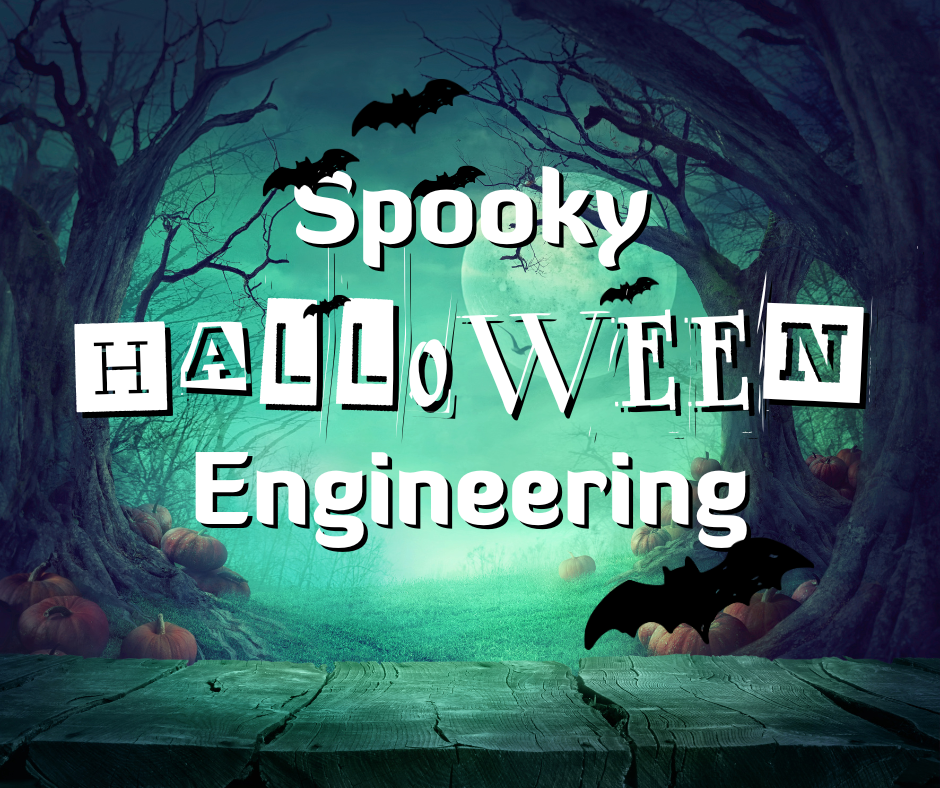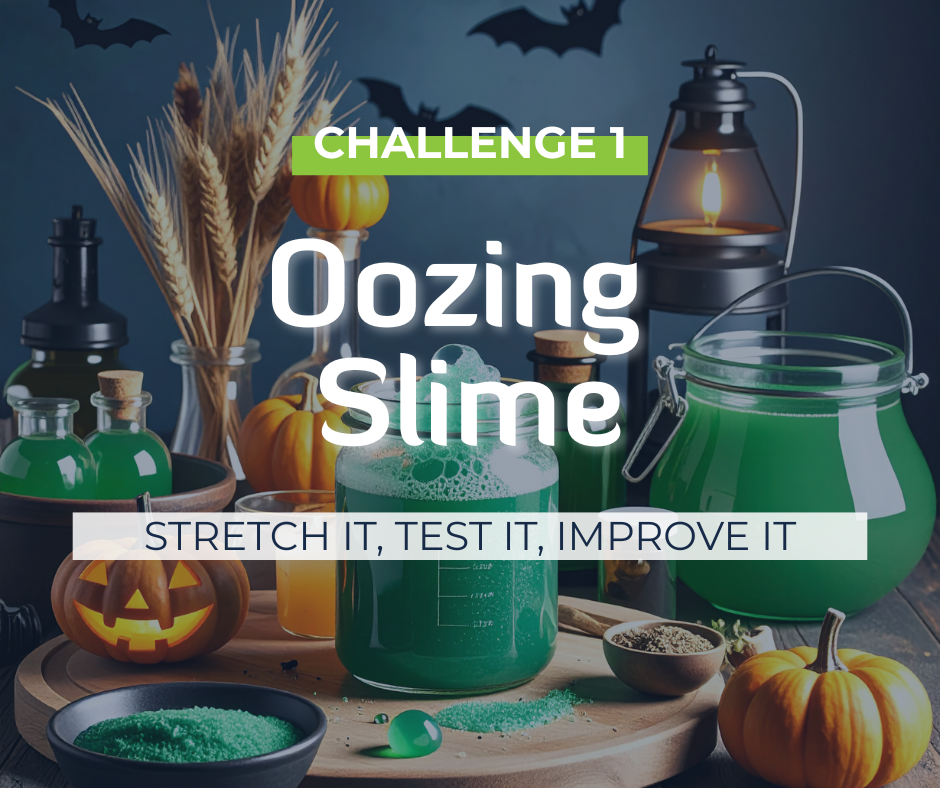
EFK-Approved Halloween Activities Designed to Bring Creativity to Life
Every parent has that a-ha moment…
You’re scrolling through Halloween activities, and suddenly you’re knee-deep in fake spiderwebs, your kitchen counter is covered in orange glitter that may never come off, and somehow there’s dry ice fog seeping under the bathroom door.
But what if Halloween STEM projects didn’t have to feel like summoning actual chaos?
These two experiments skip the complicated ingredient lists that require three trips to speciality stores and avoid the projects that mysteriously expand to coat your entire kitchen.
Instead, you get genuinely fun challenges that’ll make your kids think you’re the coolest parent on the block, teach them actual engineering, and (bonus!) won’t leave you scrubbing mystery substances off the ceiling on a Friday!
The Real Mystery Behind Encouraging Thinking that Glows in the Dark

Before you get started, remember that engineers do not always know exactly what will happen. Some of the most creative and important inventions began with unexpected results. This kind of curiosity brings ideas to life and gets children excited about STEM.
Each challenge encourages planning, testing, and improving while discovering what happens when materials and ideas come together in new ways.
It is perfectly fine if things do not work as expected or if a design needs an adjustment. That is part of the process. The most important thing is to keep asking questions while exploring new ideas and enjoy creating something that works.

Activity #1: Make Your Own Spooky Slime
Why parents love this: It’s a rare craft project that’s much easier than you think: five ingredients, one bowl, and about 30 minutes from start to finish. The mess is minimal (seriously), the cleanup is quick (keep it off the carpet!), and your kids will play with this for hours.
Connects to the Real World: Engineers select the right materials to get the performance they want in real products, from glow toys to flexible grips. In this activity, kids see how changing parts of a recipe affects texture, elasticity, and structure.
Materials:
- White school glue
- Baking soda
- Contact lens solution
- Food coloring
- Glitter or googly eyes
Time needed: 20-30 minutes
What They’ll Explore: Problem solving, hands-on experimentation, fine motor skills, and simple material testing

Steps:
- Start by pouring glue into a bowl, and then mix in baking soda
- Stir in your food coloring and add glitter
- Slowly introduce contact lens solution until the mixture begins to thicken
- Begin kneading the slime until it stretches and holds together
- Find those silly and fun googly eyes to incorporate for a spooky final touch
Family discussion: Keep them engaged by talking about their creation as they work. Ask what might happen if just one component changes. Does increasing a specific ingredient change the texture? What would they tweak next time to make it more elastic or thicker? This approach guides them to experiment, observe, and refine step by step.

Activity #2: Build a Haunted House Circuit
Why parents love this: Your kids get to build something that really works, with lights that actually turn on. It teaches genuine engineering skills without feeling like homework, and you can adjust the complexity based on your child’s age. Plus, it makes an amazing decoration that they’ll be proud to show off.
Connects to the Real World: Engineers often begin with a sketch and a question. Then they use simple electrical parts to guide electricity through wires and connections. These very same concepts power real creations, from classroom robots to hardware used in space.
Materials:
- Poster board or cardboard
- LED bulbs
- Copper tape
- Coin cell battery
- Tape or glue
- Markers
- Spooky decorations like skeletons, tombstones, or ghosts
Time needed: 30-45 minutes
What They’ll Explore: Building a simple circuit, planning a layout, placing components, troubleshooting connections, and creative design choices
Steps:
- Cut or decorate a haunted house shape from poster board or cardboard
- Mark where you want the bulbs to go and sketch a path for the circuit
- Lay copper tape from the battery location to each LED, matching the + and – sides correctly
- Secure the coin cell battery with tape and complete the circuit path
- Test the lights and smooth or replace any loose tape if a bulb does not turn on
- Add spooky decorations and enjoy the glow
Family discussion: Once your haunted house is lit up, look at how the power flows. What part was the trickiest? Did you have to troubleshoot any spots? If you built a second version without help, what would you change or add? Engineers often make small models first to refine an area before building something bigger.

Share Your Creation
Snap a photo or a short video and share with us what you built and how you solved any challenges. Tag us on Facebook or Instagram.




